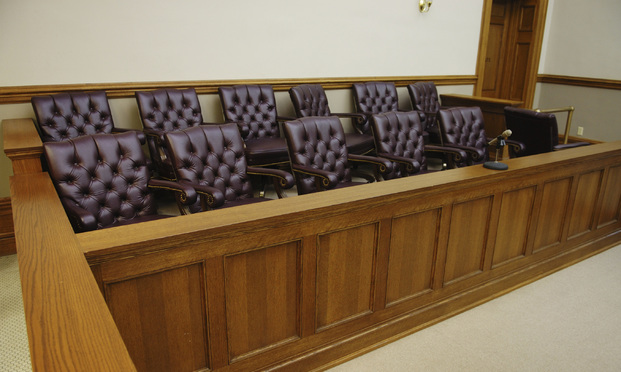On, Aug. 20, 2020, the Fourth Department issued two decisions, Defisher v. PPZ Supermarkets, Inc., 2020 NY Slip Op 04665 [4th Dept. 2020] and Alexandra R. v. Krone, 2020 NY Slip Op 04631 [4th Dept. 2020], both of which repudiated the court’s precedent authority and adopted the recent shift in law by the Second Department, in Evans v. New York City Tr. Auth., 179 A.D.3d 105 [2d Dept. 2019], which held that “an appellant need not preserve the contention that a jury verdict was contrary to the weight of the evidence by making a post verdict motion for a new trial.” Defisher and Alexandra R. are momentous strides in the seeming evolution toward the death knell of CPLR 4404 as applied to the method of preservation of the contention that a verdict was against the weight of the evidence.
CPLR 4404
CPLR 4404, post-trial motion for judgment and new trial, provides:
(a) After a trial of a cause of action or issue triable of right by a jury, upon the motion of any party or on its own initiative, the court may set aside a verdict or any judgment entered thereon and direct that judgment be entered in favor of a party entitled to judgment as a matter of law or it may order a new trial of a cause of action or separable issue where the verdict is contrary to the weight of the evidence, in the interest of justice or where the jury cannot agree after being kept together for as long as is deemed reasonable by the court.
(b) After a trial not triable of right by a jury, upon the motion of any party or on its own initiative, the court may set aside its decision or any judgment entered thereon. It may make new findings of fact or conclusions of law, with or without taking additional testimony, render a new decision and direct entry of judgment, or it may order a new trial of a cause of action or separable issue.


 Jury box
Jury box
